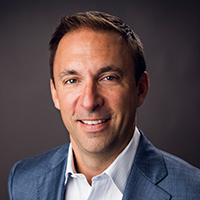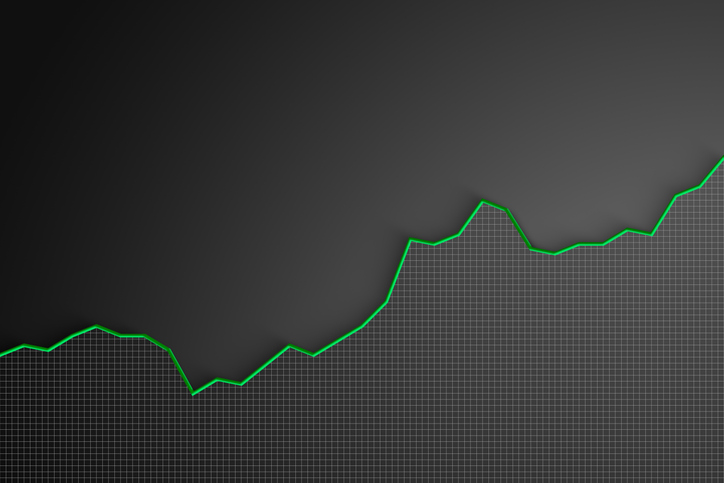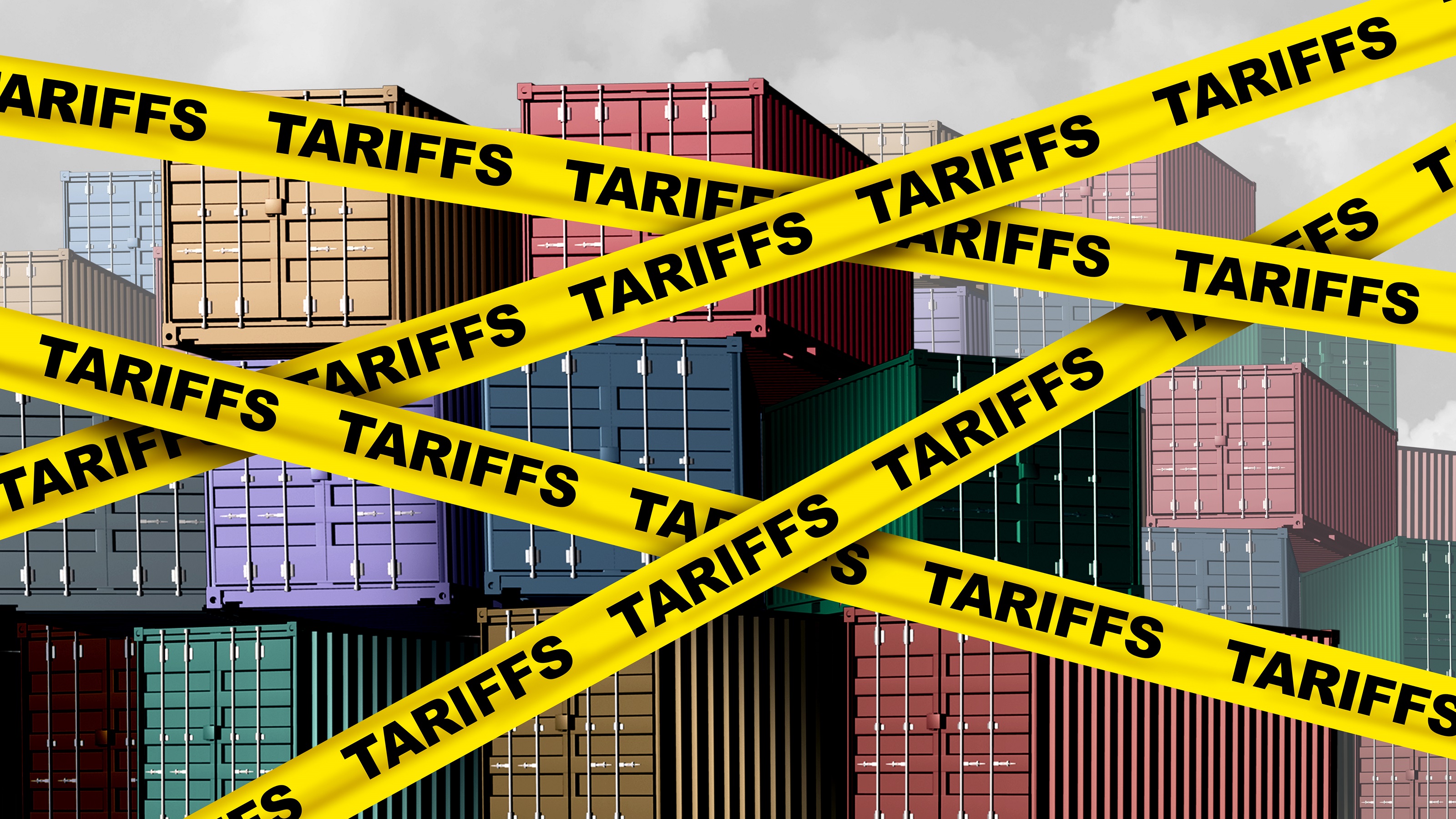3 Mistakes to Avoid Before Taking Required Minimum Distributions
Your 401(k), IRA or other tax-deferred retirement account is probably one of your biggest assets, but part of it belongs to the IRS. Some careful planning is critical to avoid paying too much in taxes.


Uncle Sam wants your money.
He has bills to pay, just like you. And he’s been waiting patiently for decades for you to hand over his share of your tax-deferred retirement dollars.
He expects some folks to be stubborn about it, so he has an answer. It’s called a required minimum distribution (RMD), and savers who have money stashed away in an IRA or qualified retirement account (a 401(k), 403(b), etc.) are expected to take money out and pay taxes annually once they turn 70½ (with some exceptions).

Sign up for Kiplinger’s Free E-Newsletters
Profit and prosper with the best of expert advice on investing, taxes, retirement, personal finance and more - straight to your e-mail.
Profit and prosper with the best of expert advice - straight to your e-mail.
Many people don’t realize this. When they get their quarterly 401(k) statements, they think the dollar amount at the bottom is all theirs to spend however and whenever they wish. But they’re wrong — or they’ve simply forgotten the bargain they struck with the IRS back when they signed up for the account.
I jokingly tell my clients that if they took their statements into the FBI building in Washington, D.C., and held them under one of those lights that reveals invisible ink, they’d see Uncle Sam’s name written right next to their own.
The required withdrawals are based on the balance in your accounts as of Dec. 31 of the year before you turn 70½ and your average life expectancy, according to the IRS. And they increase by a small percentage every year — so the bite can get bigger as you get older. This is something to keep in mind and to discuss with both your financial adviser and tax professional so you can plan appropriately.
Here’s the thing: RMDs are, indeed, required. There’s a whopping 50% penalty if you miss the deadline — plus, to add insult to injury, you still have to pay ordinary income taxes on the withdrawal. But you can reduce the amount of money you hand over each year with some smart long-term strategizing. Here are three mistakes investors make that a little advance planning can help avoid:
1. Taking RMD funds and investing them in a taxable account.
Imagine that you have three buckets where your retirement savings can go. The tax-deferred bucket (IRAs, 401(k)s, etc.) contains primarily pre-tax money you won’t pay taxes on until you use it or when you reach 70½. The taxable bucket (non-qualified investment accounts, bank accounts, etc.) holds assets on which you pay taxes on as soon as interest is earned. Year after year, you pay tax, tax, tax. And then there is the tax-free bucket (Roth IRAs, Roth 401(k)s, etc.), which has a beautiful ring to it and is one of the best places to be in retirement.
You would think every saver taking RMDs would automatically spend those dollars or channel them into a tax-free vehicle, for example, properly structured life insurance contracts or municipal bonds (although interest on municipal bonds can still affect the taxes on your Social Security). But they don’t. Many make the mistake of putting the money into taxable investments.
Let’s say, hypothetically, that you do this for 10 years in a row: Every year, you take out your RMD and move it to a taxable account. You might not realize how much you’re slowly losing. But it can add up to a large percentage of your life savings. For example, 4% of 10 years = 40%. That’s why it’s important to work with a tax professional to see what tax-free vehicles you could use, instead.
2. Allowing a tax-deferred account to keep growing.
Many savers, trained to focus on accumulation, happily watch their tax-deferred dollars increase without considering the consequences. If you do that until your RMDs kick in, though, you’re basically growing your IRA for the IRS.
Let’s say you retire at age 60 and you have enough income without touching your tax-deferred money. It might seem crazy to take some of it if you don’t need to, knowing you’ll have to pay income taxes on it. But those years between 59½ and 70½ offer a golden opportunity to move your money into a tax-free account, a little at a time, to get some control over your tax bracket and your looming tax burden. One way to accomplish this is through a Roth conversion. With a conversion, each year you withdraw just enough from your traditional retirement account to fill up your tax bracket — without pushing yourself into a higher one — and then deposit those monies into a tax-free Roth account. This is, again, something you should do in step with the consultation from a tax professional, but the bottom line is that many people do not use the lower tax bracket to their advantage.
3. Letting a surviving spouse deal with the RMD.
Let’s say you’re a same-age couple whose nest egg continues to grow in retirement — maybe it even doubles. You start taking your RMDs at age 70½ when you’re in the 15% tax bracket and your status is married filing jointly.
Then, a decade later, when the RMD is much higher, one of you dies — the husband. Suddenly, the widow is filing as single, but with the same assets. The RMD easily could throw her into a higher tax bracket — 25% instead of 15%. That’s a 67% increase! Caught unprepared in an already tumultuous year, she’ll have to come up with that money.
There’s an old saying that there are three types of people in this world:
- Those who make things happen.
- Those who watch things happen.
- And those who wonder, “What happened?”
I became a financial adviser to make things happen. My father has been in the tax business for 49 years, and I have seen firsthand how many people are wasting their hard-earned income on taxes.
It doesn’t have to happen to you, but you must have a plan. And the obligation doesn’t go away once you retire — if anything, it gets more complicated.
Be a saver who takes control. Because the bottom line is this: The more money you can keep away from Uncle Sam, the more you’ll have for you and your family.
Kim Franke-Folstad contributed to this article.
Get Kiplinger Today newsletter — free
Profit and prosper with the best of Kiplinger's advice on investing, taxes, retirement, personal finance and much more. Delivered daily. Enter your email in the box and click Sign Me Up.

Patrick W. Ayers is the founder of Ayers Financial Services. A graduate of Virginia Tech, where he earned a degree in finance, he maintains the designation of Registered Financial Consultant and is a member of the Association of Registered Financial Consultants and the International Association of Financial Planning.
Ayers shares his wisdom as weekly host of the “Financial Sanity” radio show and often serves as a guest speaker on radio and television, and he frequently holds informational seminars for corporations, universities, charities and individuals. He and his wife, Tara, and their three children live in Roanoke, Virginia. His interests include his kids’ sports, listening to music and watching Virginia Tech “Hokie” football.
Securities and advisory services are offered through Madison Avenue Securities, LLC (MAS), member FINRA/SIPC, and a Registered Investment Advisor. MAS and Ayers Financial Services are not affiliated entities. The opinions of Patrick Ayers and Ayers Financial Services are their own.
-
 Stock Market Today: Stocks Soar on China Trade Talk Hopes
Stock Market Today: Stocks Soar on China Trade Talk HopesTreasury Secretary Bessent said current U.S.-China trade relations are unsustainable and signaled hopes for negotiations.
By Karee Venema
-
 2026 Disney Dining Plan Returns: Free Dining for Kids & Resort Benefits
2026 Disney Dining Plan Returns: Free Dining for Kids & Resort BenefitsPlan your 2026 Walt Disney World vacation now. Learn about the returning Disney Dining Plan, how kids aged three to nine eat free, and the exclusive benefits of staying at a Disney Resort hotel.
By Carla Ayers
-
 SRI Redefined: Going Beyond Socially Responsible Investing
SRI Redefined: Going Beyond Socially Responsible InvestingNow that climate change has progressed to a changed climate, sustainable investing needs to evolve to address new demands of resilience and innovation.
By Peter Krull, CSRIC®
-
 Here's When a Lack of Credit Card Debt Can Cause You Problems
Here's When a Lack of Credit Card Debt Can Cause You ProblemsUsually, getting a new credit card can be difficult if you have too much card debt, but this bank customer ran into an issue because he had no debt at all.
By H. Dennis Beaver, Esq.
-
 Going to College? How to Navigate the Financial Planning
Going to College? How to Navigate the Financial PlanningCollege decisions this year seem even more complex than usual, including determining whether a school is a 'financial fit.' Here's how to find your way.
By Chris Ebeling
-
 Financial Steps After a Loved One's Alzheimer's Diagnosis
Financial Steps After a Loved One's Alzheimer's DiagnosisIt's important to move fast on legal safeguards, estate planning and more while your loved one still has the capacity to make decisions.
By Thomas C. West, CLU®, ChFC®, AIF®
-
 How Soon Can You Walk Away After Selling Your Business?
How Soon Can You Walk Away After Selling Your Business?You may earn more money from the sale of your business if you stay to help with the transition to new management. The question is, do you need to?
By Evan T. Beach, CFP®, AWMA®
-
 Two Don'ts and Four Dos During Trump's Trade War
Two Don'ts and Four Dos During Trump's Trade WarThe financial rules have changed now that tariffs have disrupted the markets and created economic uncertainty. What can you do? (And what shouldn't you do?)
By Maggie Kulyk, CRPC®, CSRIC™
-
 I'm Single, With No Kids: Why Do I Need an Estate Plan?
I'm Single, With No Kids: Why Do I Need an Estate Plan?Unless you have a plan in place, guess who might be making all the decisions about your prized possessions, or even your health care: a court.
By Cynthia Pruemm, Investment Adviser Representative
-
 Most Investors Aren't as Diversified as They Think: Are You?
Most Investors Aren't as Diversified as They Think: Are You?You could be facing a surprisingly dangerous amount of concentration risk without realizing it. Fixing that problem starts with knowing exactly what you own.
By Scott Noble, CPA/PFS